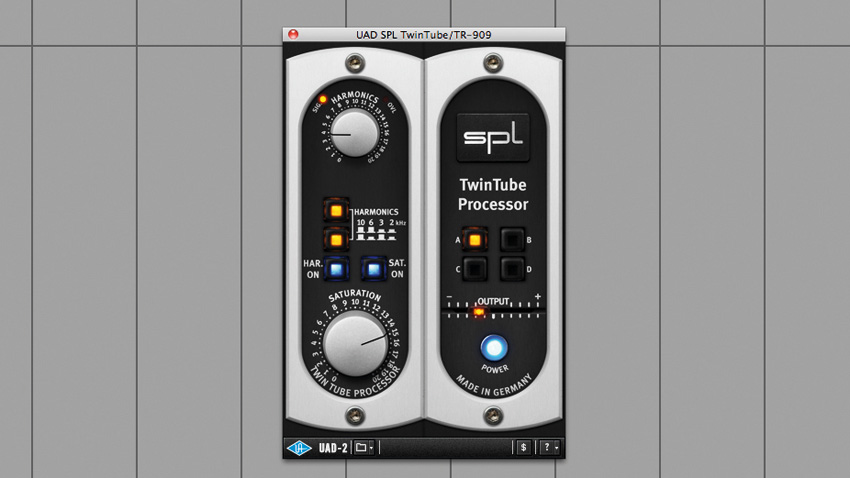How to use saturation on a drum buss
Discover how to make drums sound better through distortion

Saturation and distortion effects partner well with drums. Weaker hits can be beefed up, harsh hi-hats can be softened and thickened, layers can be squashed together, and entire busses can be glued into one cohesive drum unit.
Electronic beats are especially receptive to drive stages, as they're usually generated from synthetic sources sources. Classic electronic beatboxes, such as Roland's TR-808 and TR-909 machines, exhibit a familiar tone when overdriven. Old-school producers would often crank up mixing desk preamps to achieve a more aggressive timbre for club systems.
Here, we'll process a drums buss in order to gel its component sounds together and make the whole thing sound upfront and punchy.
For more on saturation and distortion, waste no time availing yourself of issue 285 of Future Music, which is on sale now.

Step 1. Here's a recognisable 90s-style drum pattern created using classic Roland TR-909 samples. While the beats have plenty of punch, they lack cohesion and aggression. Let's dirty things up by inserting some tube-style drive across the drum buss.

Step 2. We've loaded UAD's SPL's TwinTube across the beat's output. A decent amount of saturation, plus added harmonic intensity, melds the hits together. This kind of audible crunch is fine if you want a gritty drum machine sound and don't mind sacrificing transient detail.

Step 3. To combine the transient snap of the clean drums with our aggressive harmonic drive, the saturated signal is blended in parallel with the dry signal. This gives us both saturated crunch and clean punch. We push the drive harder for even more sizzle and harmonic weight.
Want all the hottest music and gear news, reviews, deals, features and more, direct to your inbox? Sign up here.
Future Music is the number one magazine for today's producers. Packed with technique and technology we'll help you make great new music. All-access artist interviews, in-depth gear reviews, essential production tutorials and much more. Every marvellous monthly edition features reliable reviews of the latest and greatest hardware and software technology and techniques, unparalleled advice, in-depth interviews, sensational free samples and so much more to improve the experience and outcome of your music-making.
